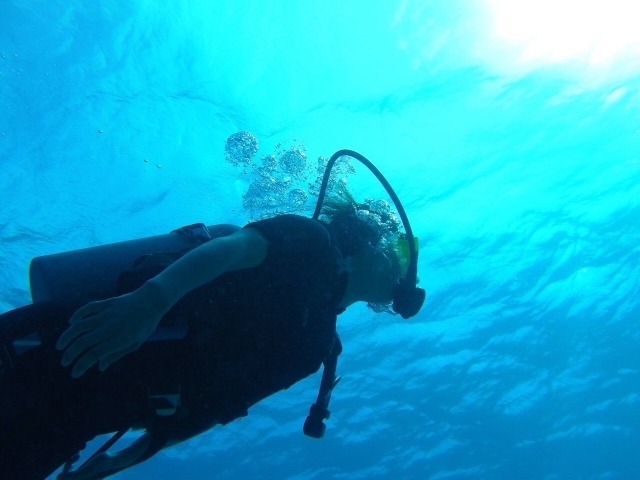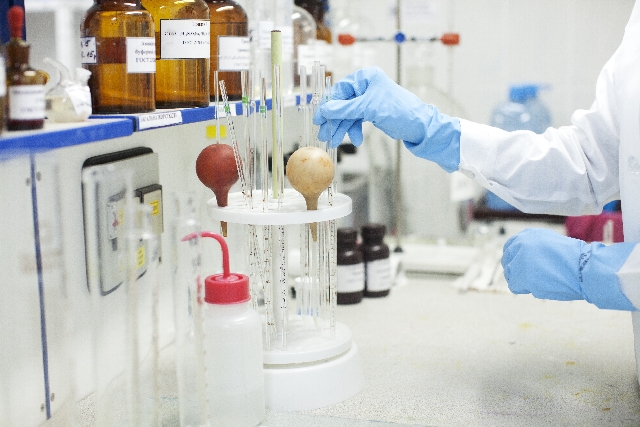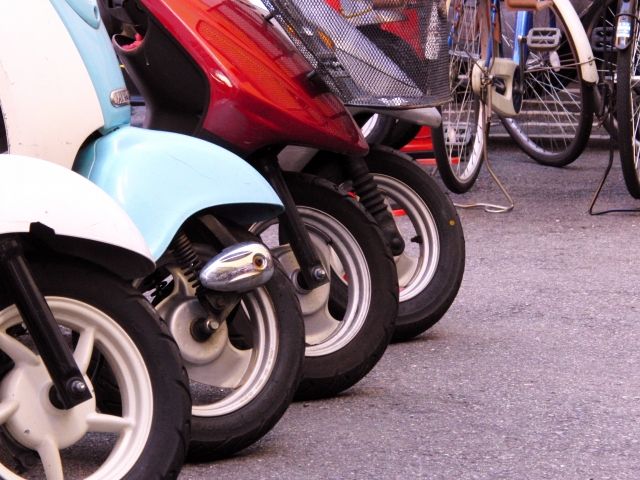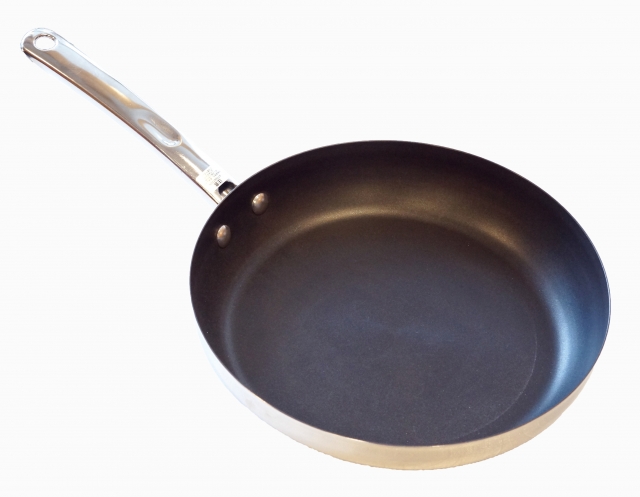
Gaskets are widely used to seal the stainless steel container. To use the container safely and correctly, compatibility with the gasket is very important, too.
In this article, we will introduce the materials used in the gaskets of stainless steel container.
Main materials of gasket
Silicone rubber (Q)
Silicon rubber gasket has characteristics such as weather resistance, chemical resistance, non-adhesiveness, and ozone resistance. Also, it has excellent flame resistance, water repellency, electrical insulation, etc.
Not only for industrial purposes, the silicon rubber is also used for household products.
This is a standard gasket material for Nitto Kinzoku's stainless steel sealed container.
Operating temperature range: -70 ° C to + 200 ° C
-
Weather Resistance
- It is highly stable against oxygen, ozone and UV. And its properties hardly change even when exposed to UV or wind and rain for long period.
- Water Repellency
- It is less likely to get wet than other rubbers, and is also used as a waterproof seal material.
- Flame Retardance
- It does not burn easily when flames are brought close to it, and it generates almost no smoke or toxic gas when ignited.
- Non-Adhesive and Non-Corrosive
- It has excellent mold release properties and is also used as a mold release agent. In addition, it is chemically inert and does not corrode other substances.
- Transparency and Colorability
- Excellent transparency of silicone. It also can be colored.
Even if it is has been colored, the basic performance as a sealant does not change.
- Excellent transparency of silicone. It also can be colored.
- Weak to strong acids.
- Due to its non-adhesiveness, it is highly unlikely to be adhered by normal organic adhesives.
- It can be vulnerable in some external mechanical factors such as tensile strength, tear strength, and wear resistance.
- Because of its high gas permeability, it can easily allow gas to pass through. (However, water and water vapor have different molecular densities, so there is no ill effect in waterproofness.)
Please refer the essay by clicking the button below, where you can find more details about it.
Fluorocarbon rubber (FKM)

Fluororubber on the market today generally refers to vinylidene fluoride fluororubber (FKM).
Fluororubber has the highest heat resistance among rubber materials, excellent oil resistance, fuel resistance and chemical resistance. Therefore, it is used in a wide range of fields, including automotive parts and chemical plants.
-
Heat Resistance
Operating temperature range: -10 ° C to + 230 ° C
Compared with silicone rubber, it can maintain sealing performance for a long time, so it is used for sealing high-temperature parts.
-
Oil Resistance
With the exception of some phosphate-esters based hydraulic oils, FKM can withstand most mineral oils even in high temperatures.
- It is inferior to cold resistance.
- It is very expensive compared to other rubber materials.
- Organic acids, ketones, esters, and amines are not resistant.
Polychloroprene rubber (CR)

It is a kind of synthetic rubber that has been used for a long time. It has excellent mechanical strength and weather resistance, and is widely used for other properties because it is average and well-balanced. It is flame-resistant, has strong adhesive strength (When using rubber glue.), and has low gas permeability. This material is also used in wet suits.
Operating temperature range: -35 ° C to + 110 ° C
- Poor heat resistance.
- It is not suitable for use at low temperatures because of it can crystallize easily at low temperatures.
Nitrile butadiene rubber (NBR)

Synthetic rubber excellent in oil resistance, abrasion resistance and aging resistance. Especially excellent in oil resistance.
Also, it is excellent in compression set, tensile strength and abrasion resistance. So it is can be used in various fields such as sealing materials, glove materials and automotive parts.
Operating temperature range: -10 ° C to + 120 ° C
- Poor heat resistance.
- It cannot be used in polar solvents such as ketones and esters.
- It is inferior to weather resistance (Ozone resistance, etc.).

Ethylene propylen diene monomer rubber (EPDM)

EPDM is a synthetic rubber with excellent chemical resistance, cold resistance, ozone resistance and aging resistance. In addition, it has the smallest specific gravity in all of commercially available rubber. Because it is resistant to ozone and does not age easily, it is also used for automobile parts and track in athletic fields.
Operating temperature range: -40 ° C to + 140 ° C
- It is inferior on oil-resistance. It is not resistant to common mineral oil.
Polytetrafluoroethylene plastics (PTFE)

Also called “fluororesin”, it has excellent chemical resistance, ozone resistance, weather resistance, and the least friction (PLASTIC). It is not rubber like other materials. It has high-insulating properties and is also used as an excellent material for electrical insulation.
As it is non-adhesive and has low friction (slippery), it is also used as a sliding material. It is very famous for coating the frying pans. Because of its excellent characteristics, it is used in various fields.
-
Chemical Resistance
Stable against any acid, alkali, or organic chemicals, it does not absorb moisture and water, and does not swell. Hardly affected by the environment.
-
Heat Resistance
Operating temperature range: -100 ° C to + 260 ° C
It can be used for long time over a wide temperature range.
- High price
- Mass production is not possible because each product needs to be machined out.
- The sealability as a gasket is inferior due to its resin characteristics.
- Inferior in abrasion resistance.
- It is nonadhesive and cannot be bonded with any adhesive.
Tag Related Posts
- No related posts.
